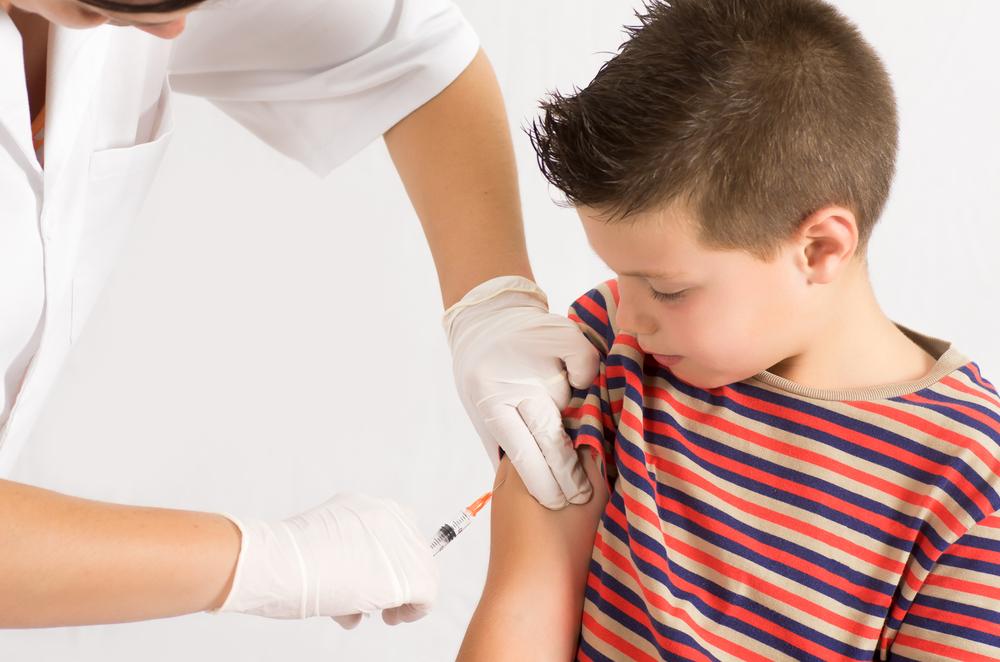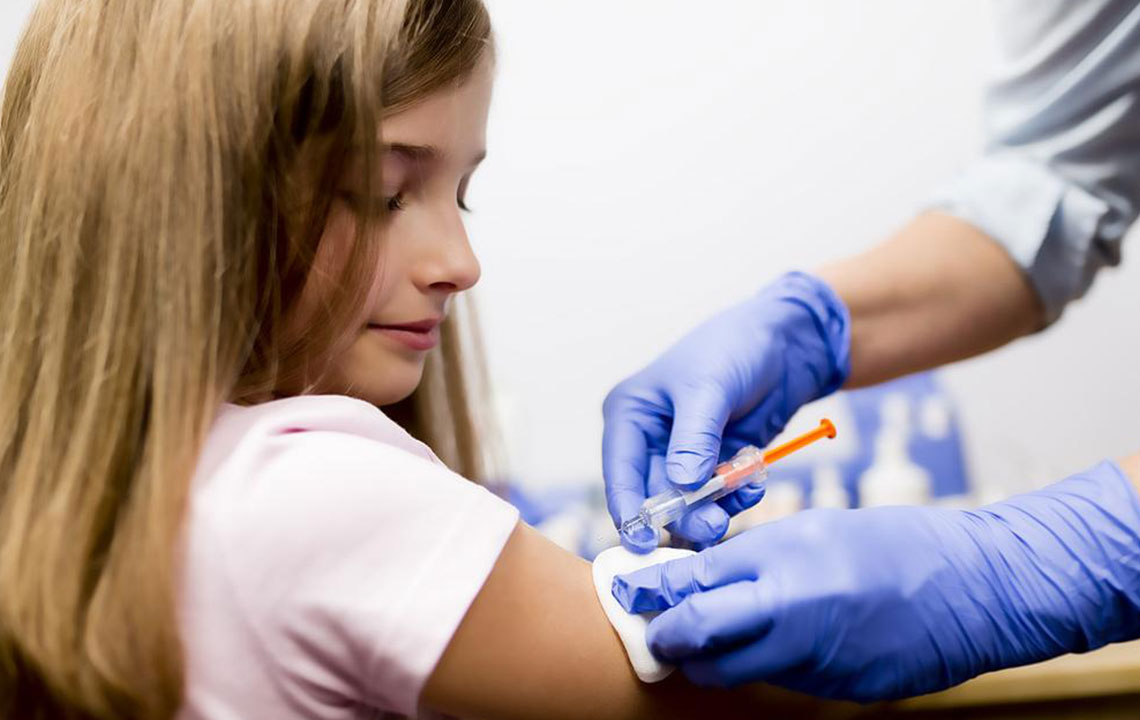Essential Guide to Childhood Immunization Schedule
This comprehensive guide details the childhood immunization schedule and its significance. It highlights essential vaccines at various ages, preventive benefits, and safety considerations. Following the immunization plan protects children from serious diseases and promotes community health, making it a crucial resource for parents and caregivers to ensure their child's wellbeing.
Understanding the Childhood Immunization Schedule and Its Benefits
Every parent wants to ensure their child's health and safety. Vaccines are a vital tool in protecting children from preventable diseases. While breast milk offers some immunity in newborns by passing antibodies, this protection diminishes within a year. Since not all infants are breastfed from birth, immunizations play a crucial role in safeguarding against illnesses. A detailed immunization schedule helps parents keep track of necessary vaccines, preventing disease spread among children and the community.

Child Immunization Schedule Overview
Vaccines stimulate the immune system by mimicking disease-causing organisms, prompting it to produce protective antibodies. These antibodies are essential in defending the body against future infections. Below is a typical immunization timeline:
At Birth
Hepatitis B (HepB): Administered ideally at birth, but can be given later if missed.
1-2 Months
HepB second dose
2-4 Months
DPT (Diphtheria, Tetanus, Pertussis)
Hib (Haemophilus influenzae type b)
IPV (Inactivated Poliovirus)
PCV (Pneumococcal Conjugate)
RV (Rotavirus)
4 Months
Repeat of DPT, Hib, IPV, PCV, RV
6 Months
DPT, Hib, IPV, PCV, RV (additional doses if needed)
Annually from 6 Months
Influenza (flu): Annual vaccination recommended for children over 6 months.
12-15 Months
Hib, MMR (Measles, Mumps, Rubella), PCV, Varicella (Chickenpox)
12-23 Months
Hepatitis A (HepA): Two-dose series with 6 months apart
15-18 Months
DPT
4-6 Years
DPT, MMR, IPV, Varicella
11-12 Years
HPV: Protects against certain cancers; administered in two or three doses.
Tdap: Tetanus, Diphtheria, Pertussis booster
MenACWY: Booster for meningococcal disease
16-18 Years
MenB (Meningococcal B): Two or three doses at physician's discretion
Special Cases
HepA is also advised for high-risk groups, including those traveling or living in areas with high hepatitis A prevalence. High-risk children with chronic conditions such as asthma, diabetes, or immunodeficiency may also require additional vaccines. The flu and pneumococcal vaccines are crucial for at-risk populations, protecting children with underlying health issues. Parents should follow the immunization schedule, which is designed to minimize disease risk effectively and safely.
Note:
While vaccines are generally safe and designed to prevent disease, mild side effects like soreness or fever can occur. Serious reactions are rare. Adhering to the immunization schedule offers significant protection against contagious illnesses. Always consult your healthcare provider for personalized guidance and ensure your child's vaccinations are up-to-date to promote optimal health.










